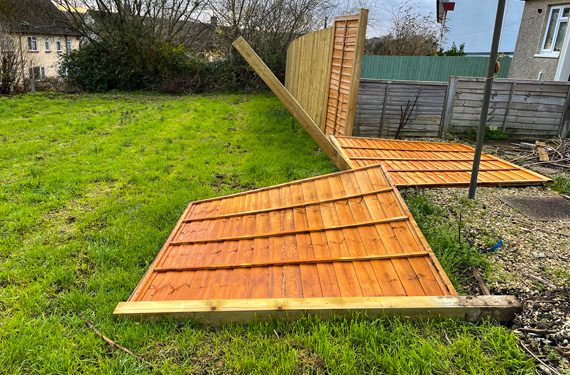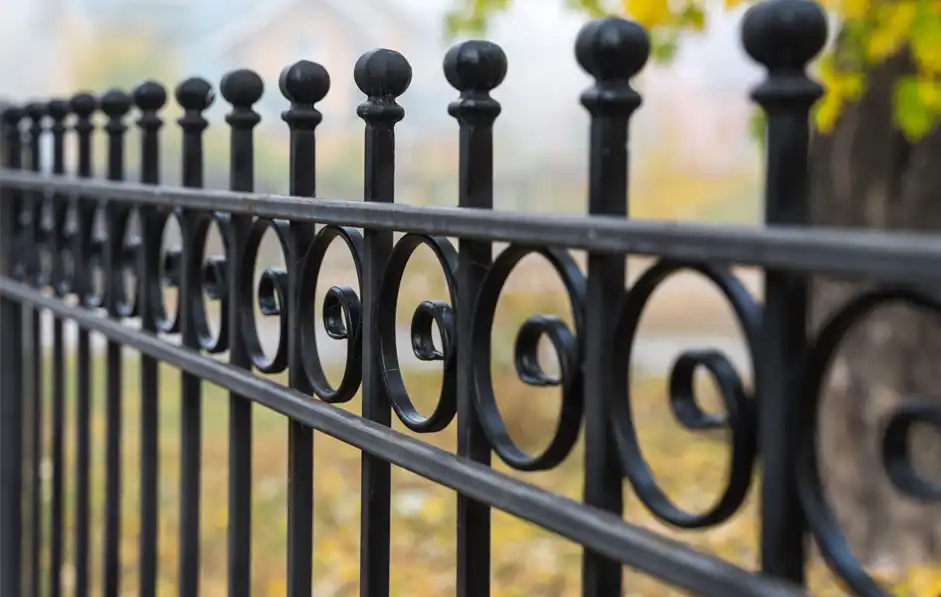All Categories
Featured

As house owners and businesses alike become extra environmentally aware, locating eco-friendly and lasting secure fencing materials is an important consideration. Whether you're seeking to construct a fencing for privacy, protection, or aesthetic charm, selecting products that decrease your environmental footprint can assist shield the planet. In this message, we will certainly discover several environmentally friendly fencing alternatives, each offering distinctive advantages for your building and the environment.
- Bamboo Fencing: A Renewable Source. Bamboo is extensively acknowledged as one of the most environment-friendly and lasting fence materials available today. As a grass as opposed to a tree, bamboo grows swiftly and can reach full maturity in simply 3 to 5 years, making it a very renewable energy.
Ecological Advantages: Bamboo absorbs extra carbon dioxide than many other plants, aiding offset greenhouse gases. Additionally, bamboo calls for marginal pesticides and fertilizers, making it a much healthier choice for the setting. Durability: Effectively dealt with bamboo is immune to insects and moisture, suggesting it can endure the elements much better than other timber options. Visual Charm: Bamboo supplies a tidy, contemporary appearance that works well with numerous landscaping designs, from exotic yards to modern urban styles. While bamboo secure fencing is resilient, it does call for appropriate treatment to keep its longevity, such as normal cleaning and routine sealing.
- Recycled Timber Fence: Offering New Life to Old Products. Recycled wood is an excellent environment-friendly selection for those who want the all-natural appeal of wood fence without adding to deforestation. This product is often sourced from old buildings, pallets, or various other repurposed timber items, lowering the need for recently gathered wood.

Environmental Advantages: Utilizing recovered timber helps in reducing the demand to cut down brand-new trees and can also avoid important products from finishing up in landfills. Longevity: Depending on the kind of timber and therapy it obtains, recycled timber fences can be equally as long lasting as new wood, particularly if maintained appropriately with sealers and weatherproofing. Visual Appeal: Recycled timber fencings carry a rustic beauty and can be tarnished or painted to fit your personal style. The major factor to consider with recycled wood is its maintenance. In time, wood can end up being prone to rot, insect damage, and weathering, so regular upkeep is essential to prolong the life of your fence.
- Steel Secure Fencing: Recyclable and sturdy. Aluminum and steel secure fencing, specifically when sourced from recycled materials, offers a strong, eco-friendly alternative to standard wood fence. These steels are 100% recyclable, implying they can be repurposed forever without losing high quality.

Ecological Benefits: Steels like light weight aluminum and steel reduce the need for new mining and basic material removal, both of which have considerable ecological influences. Additionally, reusing steels needs less energy compared to creating new metal from raw products. Resilience: Metal fences are exceptionally strong, resistant to weathering, and need little maintenance compared to wood choices. Visual Charm: Steel fencings can be created in streamlined, contemporary designs, or even more traditional looks, providing adaptability for any type of building. While metal fences are low-maintenance and sturdy, they are not as effective at providing personal privacy contrasted to timber or plastic options as a result of the spaces in between the slats or bars.
- Living Fencings: All-natural and Environment-friendly. Living fences, made from thick hedges, shrubs, or trees, provide a environmentally pleasant and all-natural choice to typical fence. Not just do they produce a privacy obstacle, but they also contribute to the environment by sustaining wild animals and improving air top quality.
Ecological Benefits: Living fences absorb co2, improve dirt top quality, and give habitats for birds and other wildlife. Furthermore, they decrease sound pollution and boost air quality by filtering system toxins. Toughness: While living fences require more upkeep than various other materials (e.g., pruning, watering), they can be extremely long-lasting if correctly maintained. Aesthetic Charm: Living fences develop a gorgeous, natural boundary that boosts the landscape and uses a organic and distinct look contrasted to traditional fencing choices. The crucial downside of living fencings is that they require continuous maintenance and care, including routine trimming and bug control.
- Hemp Fencing: Sustainable and solid. Hemp is a fast-growing and sustainable plant that can be utilized to develop strong, environment-friendly fence. Hemp fencing is made from natural hemp fibers, which are durable, biodegradable, and resistant to parasites.
Environmental Advantages: Hemp expands swiftly and calls for little water or chemicals. It also aids sequester carbon, lowering greenhouse gases in the atmosphere. Once the fence is no longer needed, hemp is eco-friendly and can be composted. Sturdiness: Hemp is naturally immune to mold and mildew and pests, which helps it stand up to different weather problems and prevent the use of rough chemicals. Sustainability: Hemp farming is less resource-intensive compared to various other plants and helps maintain dirt wellness via crop rotation. Hemp fencings are a reasonably new alternative on the market, and they might not be as extensively readily available as other materials. In addition, they may not be as generally used for high-security applications.
Conclusion: Choose Eco-Friendly Fencing for a Sustainable Future. There are several green secure fencing products to consider, each offering unique advantages for your property and the environment. Whether you choose bamboo, recycled timber, steel, living fences, or hemp, each alternative allows you to develop a gorgeous and functional limit while minimizing your ecological footprint. By selecting lasting materials, you add to a greener future and support the growing movement towards liable building and landscaping methods.
Latest Posts
Why Regular Vehicle Maintenance at Montclare Auto Repair Keeps Your Wallet Happy
Published May 27, 25
1 min read
Professional Residential Roof Covering Solutions You Can Depend On
Published May 26, 25
1 min read
Picking the Right Roof Covering Color: Influence On Energy Effectiveness
Published May 24, 25
1 min read
More
Latest Posts
Why Regular Vehicle Maintenance at Montclare Auto Repair Keeps Your Wallet Happy
Published May 27, 25
1 min read
Professional Residential Roof Covering Solutions You Can Depend On
Published May 26, 25
1 min read
Picking the Right Roof Covering Color: Influence On Energy Effectiveness
Published May 24, 25
1 min read